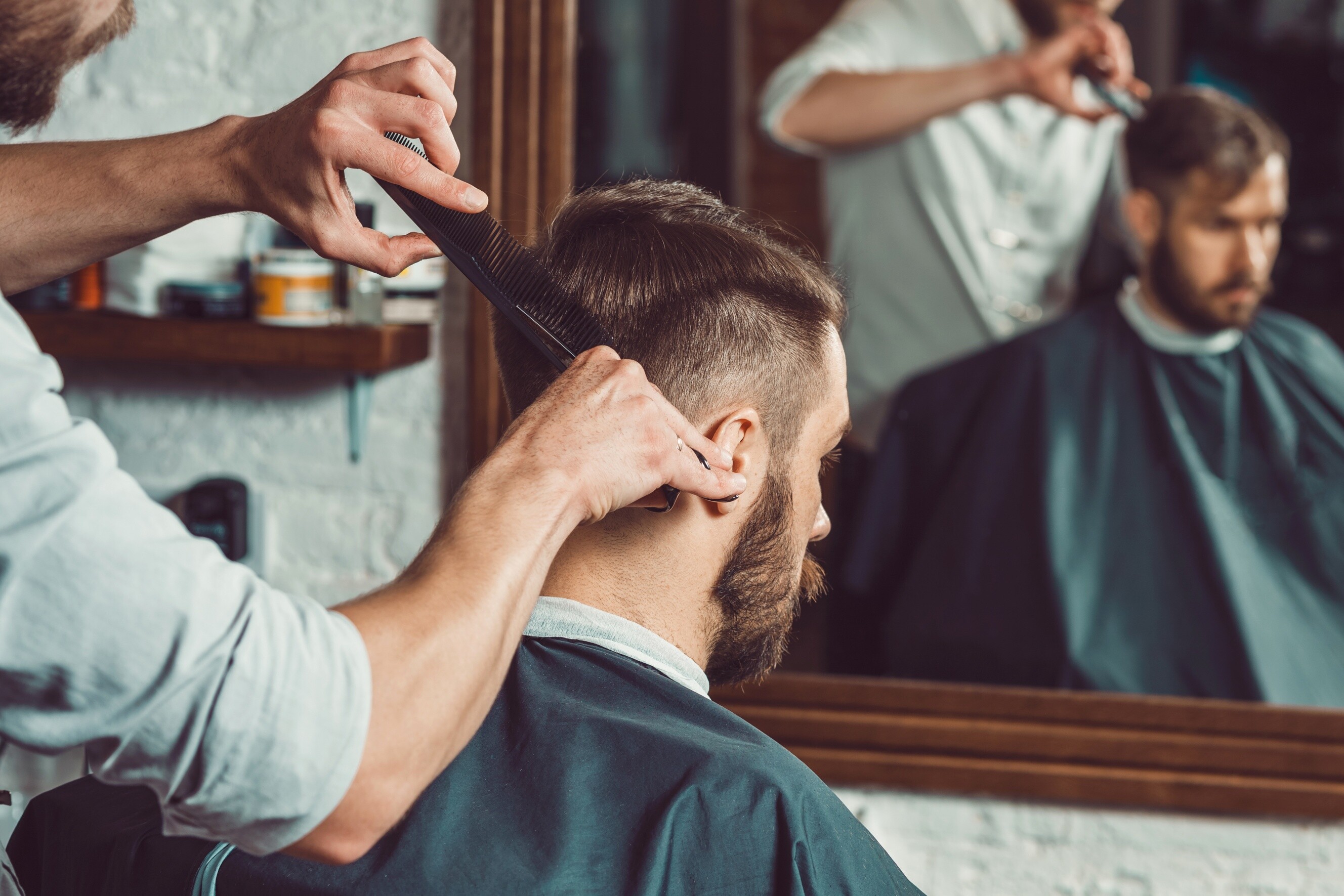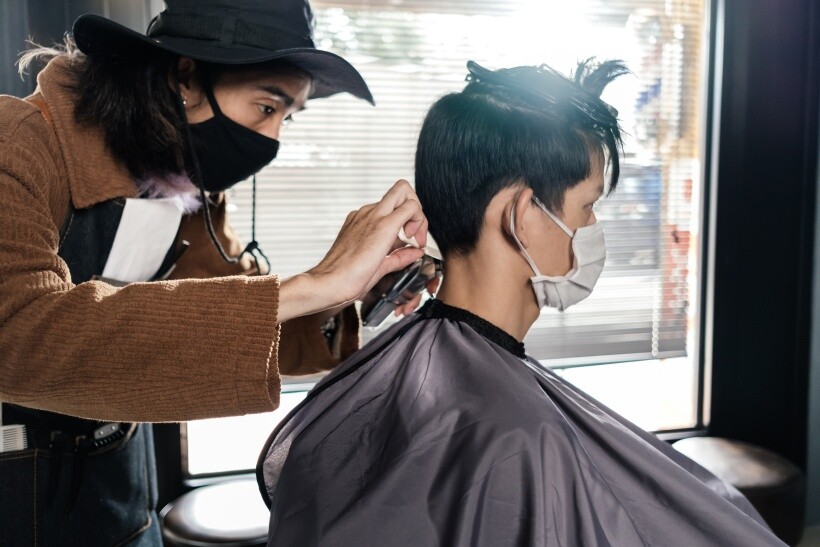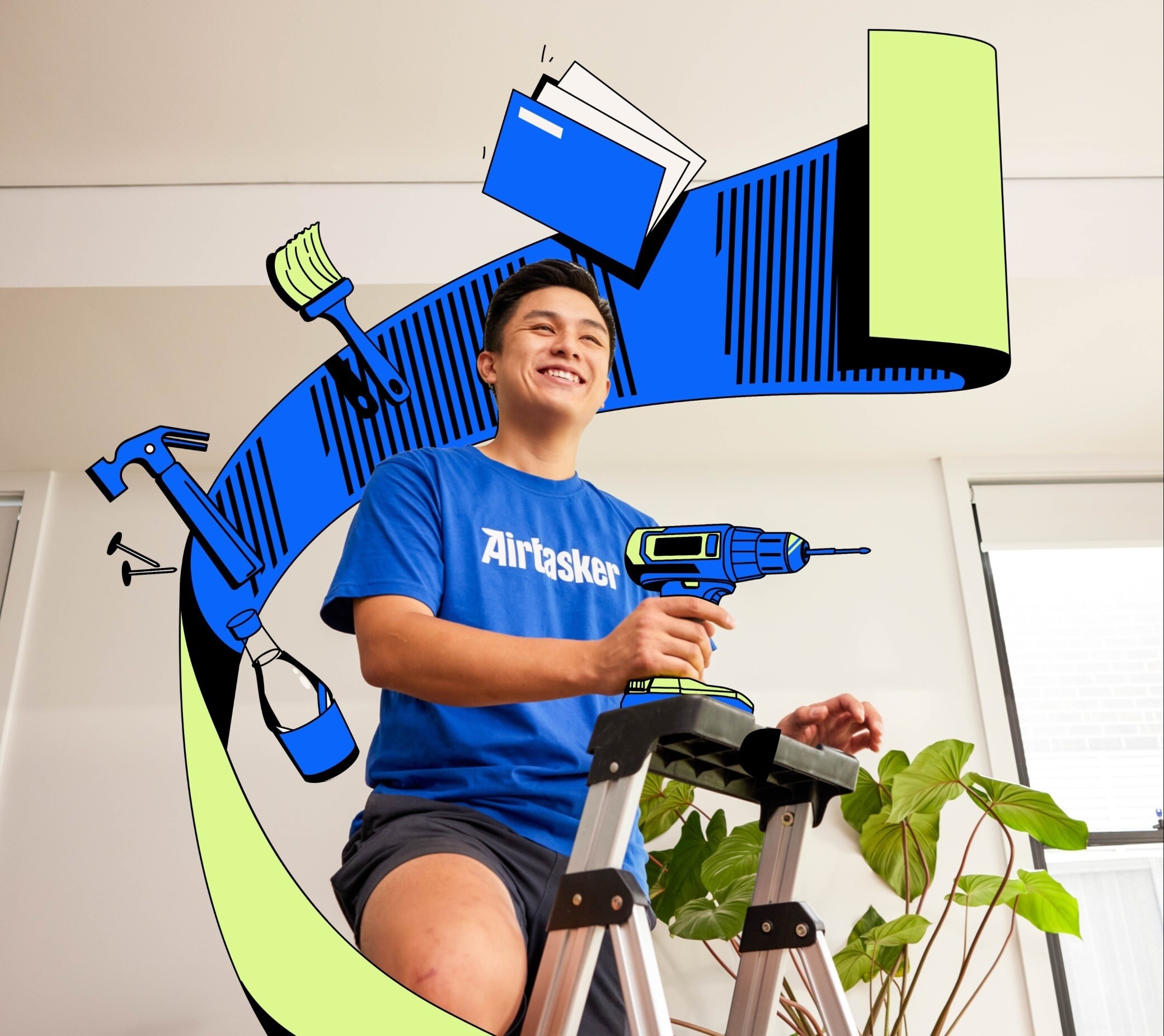
- Home/
- Comparisons/
- Barbers/
- Barber vs Hairdresser
Barber vs. hairdresser: Which one is right for you?
Comparing barbers and hairdressers in terms of training, services, and more.
Published on
Key Facts
A barber is a hair professional specialising in short haircuts and facial hair grooming. Traditionally, barbers cater to men, but modern barbershops now often accept clients of all genders.
A hairdresser is a versatile hair professional specialising in cutting, colouring, and styling long hair. They often offer a wide range of grooming services for clients of all genders, including treatments and spa options.
Getting a simple haircut isn’t as easy as it seems now that unisex hair salons are popping out. So, how do you make the right decision when choosing a stylist? One way is to understand the roles and specialities of barbers and hairdressers. Doing this will help you determine which hair care services you need the most.
With that, learn more about the difference between various hair professionals in this barber vs. hairdresser guide.
What is a barber?
 A masked barber delivering a precise haircut. (Source: iStock)
A masked barber delivering a precise haircut. (Source: iStock)
A barber is a hair professional who specialises in cutting short hair. Historically, barbers have tended to cater to male clients because most barber shops were used as social spaces for men to gather and get quick, short haircuts.
Moreover, if we look up the origins of the word "barber," it translates to "barba," the Latin word for beard. From this information alone, hair barbers are also trained professionals who provide facial hair grooming services for men, including trimming and shaving beards.
However, many barbershops have evolved today, with barbers accepting clients of all genders. So, if you’re wondering, “Do barbers cut women’s long hair?” Yes, they do.
What is a hairdresser?
A hairdresser is a hair professional who provides a broad range of services, including cutting, colouring, and styling your hair. One distinct difference between a barber and a hairdresser is that hairdressers specialise in cutting long hair, allowing them to do more artistic cuts.
Some hairdressers can also offer hair treatments and other spa services now that most salons have a more unisex environment. This makes them versatile professionals who cater to all grooming needs, regardless of gender.
Hairdresser vs. barber: How do they differ?
The difference between a barber and a hairdresser is more than just the length of hair that they typically cut. Here’s a more in-depth comparison guide to help distinguish between these two hair professionals better.
In terms of training and qualifications
 A hairdresser styling a client’s long, wavy hair. (Source: iStock)
A hairdresser styling a client’s long, wavy hair. (Source: iStock)
In the US, barbers must complete a postsecondary certificate program or apprenticeship, typically lasting about 9 to 12 months. This allows them to gain practical skills such as hair cutting, beard trimming, scalp treatments, facial massages, and hair coloring. After the training, they must pass a state licensing exam to work in a barbershop.
Meanwhile, hairdressers must complete a cosmetology program that lasts 9 to 12 months before working in a salon. This covers the training needed for cutting, coloring, perming, hairstyling, and spa services such as nail and skincare.
However, bear in mind that barbers' and hairdressers' licenses expire. They must be renewed every two years to work professionally again.
It’s also important to note that many states in the US require a barber shop and a salon to adhere to local business regulations and health standards to obtain a license to operate. For this reason, safety and hygiene are usually part of the training for hair professionals like barbers and hairdressers.
In terms of services offered
Barbers provide practical, clean, and efficient haircutting and facial grooming services because they traditionally focus on classic men’s haircuts. This includes classic, military-style buzz cuts and crew cuts with tapered sides and back.
Beard and moustache grooming are also some of the common services provided by barbers. Apart from trimming and shaping facial hair, these grooming services also include a hot towel treatment. It’s like a relaxing spa service that uses hot towels to help soften facial hair and prepare the skin for shaving.
Other services offered by modern barbershops include head shaves and ear and nose trimming. Some can even groom eyebrows and provide extra facials and scalp treatments.
Meanwhile, a hairdresser provides a broader range of hair and grooming services. Because they typically work with longer hair, their services can range from basic haircut trimming and haircut extensions to more complex hair treatments and colouring.
Compared to a barber who provides clean haircuts, a hairdresser leans more on trendy styles and creative looks. They could also finish off a cut with a professional blowout to add volume to the hair or curl it to style.
Moreover, hairdressers can offer additional grooming services like facials, manicures, pedicures, waxing, and scalp massages.
In terms of tools and techniques
 Professional haircutting tools ready for use in the salon or barbershop. (Source: iStock)
Professional haircutting tools ready for use in the salon or barbershop. (Source: iStock)
Since barbers specialise in cutting short hair, they primarily use electric clippers and trimmers to create fades and tapers. These haircutting techniques involve shaving the sides and back while keeping the top part longer to create an illusion of a gradual hair-fading effect on the skin.
Barbers also use straight razors, hot lather machines, and towels to groom facial hair. These tools are essential for providing clean, precise, and relaxing shaves.
On the flip side, hairdressers often use scissors and shears for haircuts. Although some also use electric trimmers for undercuts, they mostly rely on scissors and shears to incorporate textured and layered hairstyles. They also blow-dry the hair at the end to make it smoother and voluminous.
Many hairdressers also use other tools, such as hair colours, curling irons, flat irons, combs, and section clips, because their work involves styling hair.
In terms of clientele
If we look at barbers’ historical background, they usually have a male-dominated clientele because, again, their specialisation focuses more on short haircuts, beard trims, and shaves.
However, today, many women visit barbers for shorter haircuts, such as pixie cuts and undercuts, simply because these are considered trendy hairstyles for modern women.
Meanwhile, hairdressers have a diverse clientele, given that their services are much more complex than barbers’. Although women often get hairdressing and salon services, men sometimes also go to sophisticated salons to receive the same services. Besides, today, you can find men’s hairdressers specializing in male grooming needs.
In terms of salon or shop atmosphere
Barbers often work in a simple, laid-back environment. Most barber shops still incorporate an old-school vibe with the iconic red, blue and white barber pole outside and vintage leather barber chairs inside.
Conversely, many hairdressers work in spacious salons with more modern and sophisticated interiors. Since hairdressing services often require longer appointments, most salons are designed with plush seats and ambient lighting to keep clients comfortable.
However, since barbering and hairdressing services are no longer gender-bound, there are now modern, upscale, hybrid-style salons in major cities. These salons are more spacious and have sleek interiors, and clients can choose from traditional male grooming services and full-service salon hairdressing services.
In terms of pricing
Service pricing for barbers and hairdressers can vary widely, depending on the location of the barbershop or salon, products used, and services offered. But for reference, barbers charge around $28 to $118 for haircuts. Other services, such as beard grooming and hot towel treatments, cost around $5 to $50.
On the other hand, hairdressers charge around $20 to $300 for haircutting services. Their services are more expensive than barbers because they usually handle complex cuts for long and thick hair. Other services, such as hair coloring and hair extensions, can range from $60 to $2,500. These services often come with additional hair care products and treatments, justifying their high price point.
Find trusted barbers and hairdressers near you with Airtasker
Have you already decided which hair professional you should go for? If so, the next step is to look for barbers and hairdressers for your hair transformation. Remember that your chosen stylist can significantly impact your overall look and grooming experience, so think carefully about your choice!
Fortunately, finding trusted barbers and hairdressers is easy with Airtasker! You only have to post a task indicating the specific services you need along with your budget, then wait for the right Tasker to put in their offer.
Barber vs. hairdresser
Barber |
Hairdresser |
|
|---|---|---|
Training and Qualifications |
Postsecondary certificate program or apprenticeship in barbering; state license |
Cosmetology program; state license |
Services Offered |
Short haircuts, beard and moustache grooming, head shaves, and hot towel treatments |
Long haircuts, colouring, styling, hair treatments, extensions, blowouts, and spa services |
Tools and Techniques |
Uses electric clippers and trimmers for fades and tapers; straight razors for precise shaves |
Uses scissors and shears for layered and textured cuts; electric trimmers for undercuts; blow-drying for volume |
Clientele |
Traditionally male-dominated; now also serves other clients of all genders for short hairstyles |
More diverse clientele |
Salon or Shop Atmosphere |
Simple, laid-back with vintage décor and barber poles |
Spacious, sleek, and sophisticated interiors with plush seating and ambient lighting |
Pricing |
More affordable; $28 to $118 for haircuts; $5 to $50 for additional services like beard grooming and treatments |
Higher due to complexity and additional services; $20 to $300 for haircuts; $60 to $2,500 for coloring and extensions |
FAQs on barbers and hairdressers
If we compare hair stylists to hairdressers, hair stylists are more experts in updos, curls, waves, and other intricate hairstyles, while hairdressers only provide simple styling like a bouncy blow dry. Another distinct difference is that hairdressers offer a broader range of services than hair stylists, including hair cutting, coloring, and scalp treatments.
Yes, barbers can cut long hair. Like hairdressers, they are trained and skilled at creating stylish, flattering cuts for clients with longer locks, especially now that many people are growing their hair to achieve specific hairstyles like braids and man buns.
Yes, a barber can style your hair. However, remember that they are trained to cut and style shorter hair. Some popular, stylish looks they can do are a pompadour, mohawk, high fade, and side-swept bangs. So, before you go to the barber to have your hair styled, consider whether these hairstyles match your preferences.
Find barbers, fast
Post a task